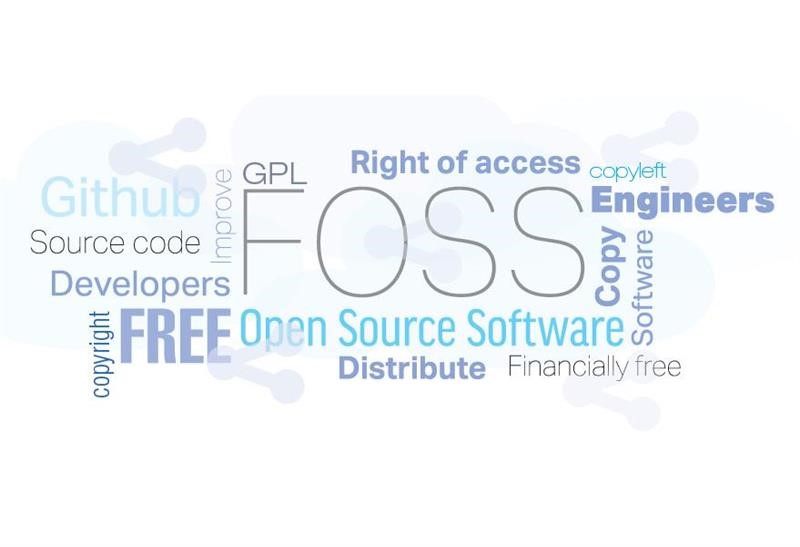
At first, many people believe that the open source and free software movements and others started a few years ago, but in fact they are the product of many years of continuous work that began in the eighties of the last century.
We learned about free and open-source software and generally knew that it is one of the different types of computer software that comes with permission for anyone to use, copy, distribute and/or modify its source code. This means that the source code or source code must be Available to all.
What do these terms mean?
In fact, the term FOSS: Free and open-source software includes two very important terms:
First: The Free software movement
The free software movement began in the late 1980s, specifically in 1983, with Richard Stallman’s launch of the GNU project.
The GNU project is similar to the Unix project, but in fact it is the nucleus for creating a computer system that consists entirely of free software. GNU is an all-in-one operating system for computers because it provides an integrated package of software.
The emergence of the free software movement spurred software giants at the time, such as Netscape, to launch the well-known Internet browser, Netscape Communicator, and make it a free software. So this source code became the basis for other projects such as the most popular browser Mozilla Firefox.
The philosophy of the free software movement revolves around the rejection of proprietary software because computer users deserve the freedom, the freedom to change software source code to fit their own vision and also the freedom to help build community by publishing improved versions of software so that others can use it.
Does Free Refer to Price or Liberty?
The word freedom here basically means that this software respects the freedom of users and their community, meaning that users have the freedom to run the program, copy, distribute, study, change and improve its basic kernels, and even the freedom to sell it for financial profit.
And therefore:
Free software is a matter of freedom and not just price, as many think.
According to the Free Software Foundation- FSF, which was founded by Richard Stallman in 1985, a program is only free if it has four characteristics:
1- Freedom 0: the freedom to use the work
Freedom to run the program as the user wishes and for any purpose.
2- The first freedom 1: the freedom to study the work
The freedom to study how the program works and change its basic kernel or source code as the user wishes by accessing the source code of the program.
3- The second freedom 2: the freedom to copy and share the work with others
The freedom to redistribute copies so that the user can help others.
4- The third freedom: Freedom 3:
the freedom to modify the work, and the freedom to distribute modified and therefore derivative works
The freedom of the user to distribute copies of the modified versions to others, whether freely or by selling them.
Please note that the second and fourth points (first and third freedom) require access to the source code because we will return to this point shortly.
GNU, Linux, C library, Apache web server, and others are powerful examples of free software that is free to cost and free to provide its code to others.
Second: The Open-Source Software Movement
In April 1998, the term “open-source software” was coined by Eric Raymond in response to Netscape’s announcement of the release of the source code for the Netscape Communicator browser.
Eric Raymond, founder of the open-source software movement
Eric tried to create a new term alternative to the term free software, which was mistakenly understood as free software because of the blurring of the difference between the word liberty and the word Free and therefore the business sector was afraid of working in Linux and free software, because the word (Free) meant They have freebies, and therefore no earnings.
Some of the most famous examples of open-source software are:
Internet browsers Mozilla Firefox, Chromium (the project in which the vast majority of the free Google Chrome and Microsoft’s Edge browser are developed), the full suite of office application packages LibreOffice, Open office and MySQL databases.
What is the difference between the free software movement and the open source and free software movement?
Their differences are due to the different values and types of licenses under them:
The difference between Free and open-source software (FOSS) on the one hand and Freeware on the other hand is that Freeware, as we mentioned in the previous article, is a group of free and not free programs such as Adobe PDF Reader or Skype and others that anyone can download from the Internet and use For free, but at the same time without studying it or modifying its code or code.